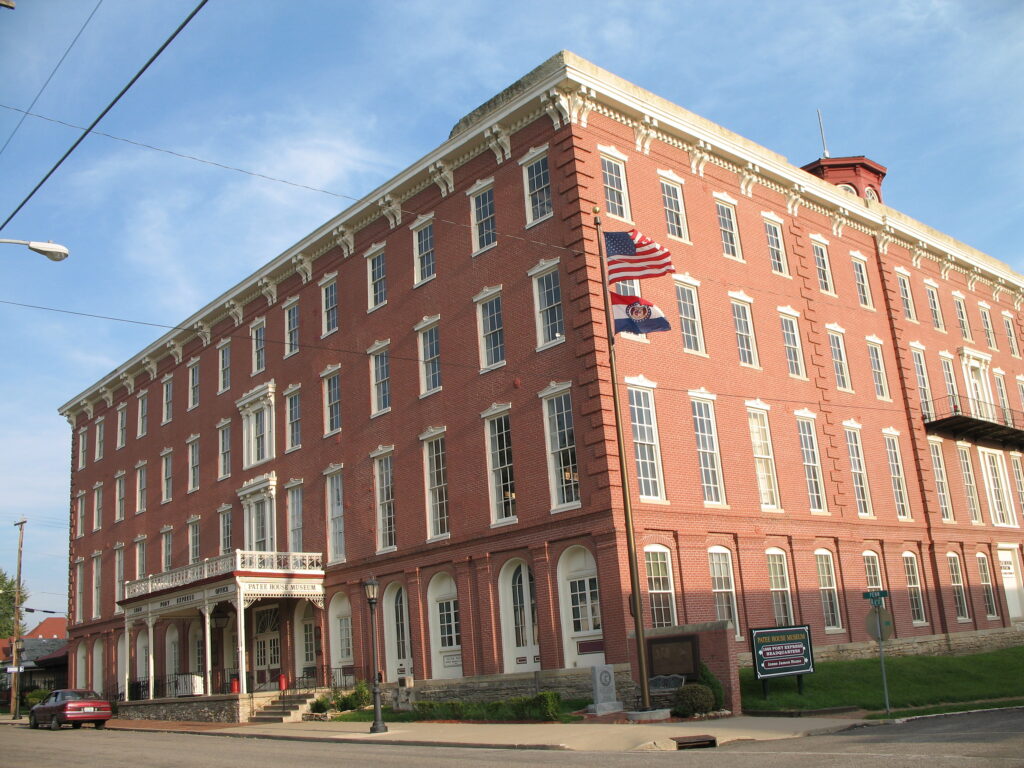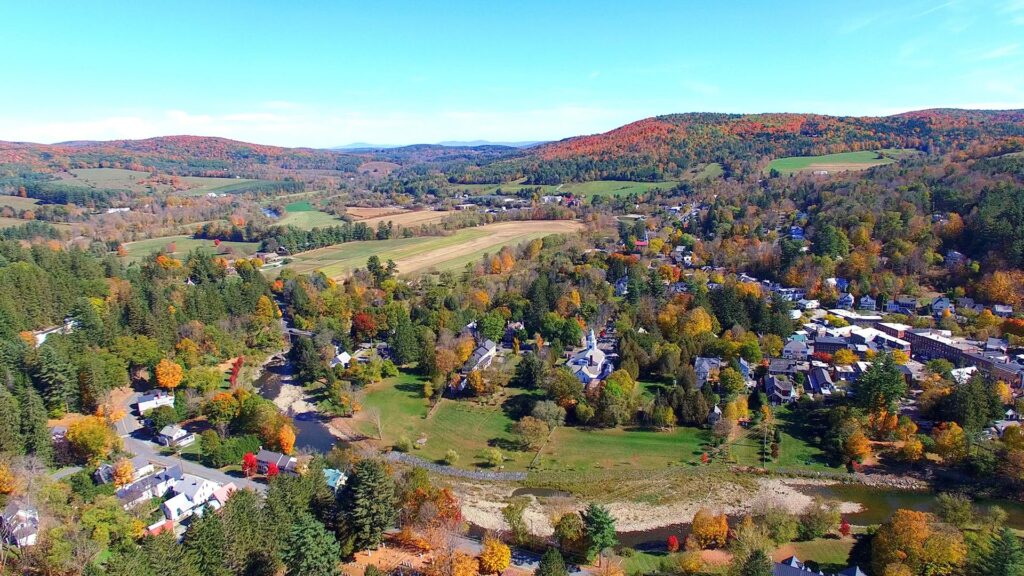1. Movie Theaters
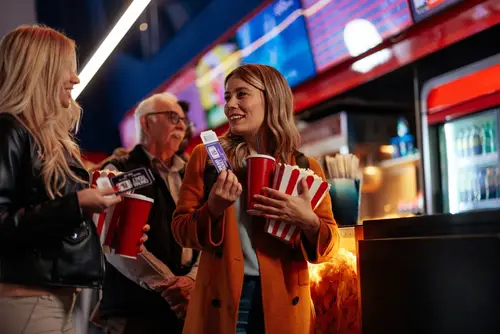
When Americans stopped going out, one of the first casualties was the movie theater industry. Chains like AMC and Regal saw attendance plummet as people turned to streaming services instead. Studios began releasing major films directly online, cutting theaters out of the equation almost overnight. Even when restrictions lifted, many people never returned to the old Friday night ritual of popcorn and previews.
The shift wasn’t just about convenience—it changed the entire business model. Theaters had relied on concessions and big premieres to stay afloat, and those margins disappeared. Some smaller independent cinemas tried creative approaches like private rentals or outdoor screenings, but it wasn’t enough. The big-screen experience became a nostalgic luxury rather than a weekly habit.
2. Business Travel
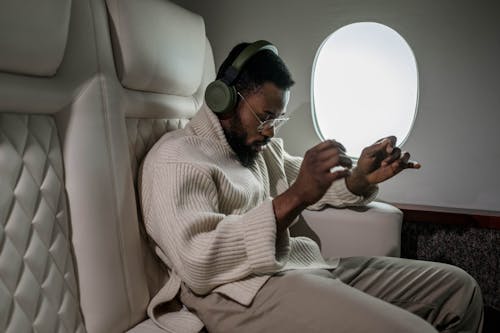
For decades, business travel was a cornerstone of the airline and hospitality industries. But once people learned they could handle meetings over Zoom, the justification for hopping on a plane to close a deal evaporated. Corporate travel budgets were slashed, and airlines suddenly had fewer high-paying passengers to count on. Hotels in major business hubs like Chicago and New York saw their occupancy rates fall off a cliff.
What replaced it was a new normal of virtual conferences and remote collaboration. That meant fewer nights in Marriott suites and fewer airport lounge visits. Even after restrictions eased, most companies decided those expensive trips were unnecessary. The “road warrior” lifestyle that defined corporate America suddenly felt outdated.
3. Dry Cleaning
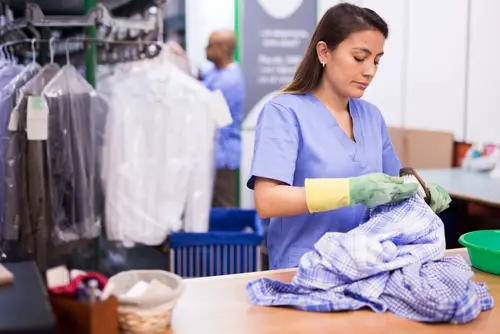
Dry cleaning once thrived on the steady flow of office workers needing pressed suits and crisp blouses. But when commutes disappeared and dress codes relaxed, those starched collars did too. People working from home had little reason to drop off clothing for professional care. Across the country, family-owned cleaners shut their doors after decades in business.
The industry tried to pivot by offering wash-and-fold services or delivery options. But most customers had already adjusted to casual wear and home laundry routines. Even weddings and formal events—occasional lifelines—were postponed or scaled back. The sharp decline in demand made it clear that the dry-cleaning era had passed its peak.
4. Public Transportation

When offices closed and people stopped commuting, buses, subways, and trains emptied out almost overnight. Major transit systems like New York’s MTA and San Francisco’s BART lost billions in fare revenue. Essential workers kept riding, but ridership numbers were a fraction of what they once were. Cities that depended on public transit saw funding crises and service cuts.
The loss wasn’t just financial—it changed how Americans thought about mobility. Many who could afford to started driving instead, worsening traffic and pollution. Others relocated to suburban or rural areas where public transit was irrelevant. The ripple effects are still being felt as agencies struggle to win riders back.
5. Gyms and Fitness Studios

Before remote work took over, gyms were the go-to place to sweat, socialize, and stay healthy. When Americans stopped leaving home, that sense of routine and community vanished. Membership cancellations skyrocketed, and even big chains like Gold’s Gym filed for bankruptcy protection. Boutique studios that thrived on group energy had no way to replicate it over Zoom.
At the same time, people found alternatives. Home workouts, fitness apps, and affordable equipment like resistance bands surged in popularity. Peloton became a household name as living rooms turned into gyms. By the time studios reopened, many realized they didn’t need to pay a monthly fee to stay fit.
6. Department Stores

Department stores were already in decline, but the sudden shift to staying home delivered a near-fatal blow. Foot traffic evaporated, and long-trusted names like JCPenney and Neiman Marcus went bankrupt. With malls turning into ghost towns, the idea of browsing racks for fun disappeared. Shopping became a digital affair, dominated by e-commerce giants.
The problem wasn’t just competition—it was a cultural shift. Consumers learned that convenience mattered more than the in-store experience. Curbside pickup and next-day delivery became the new normal. For many once-iconic retailers, there was no path back to relevance.
7. Theme Parks

Theme parks depend entirely on people leaving their homes in large numbers. When that stopped, even giants like Disney and Universal faced unprecedented losses. Roller coasters sat idle, parades were canceled, and thousands of workers were furloughed. The magic of shared experience just couldn’t survive through a computer screen.
While virtual tours and online events offered brief distractions, they couldn’t replicate the real thing. The industry faced not just financial damage but also a cultural one—theme parks are tied to vacation memories. Even when gates reopened, many families stayed cautious or budget-conscious. The fantasy world outside our homes suddenly felt too far away.
8. Ride-Sharing
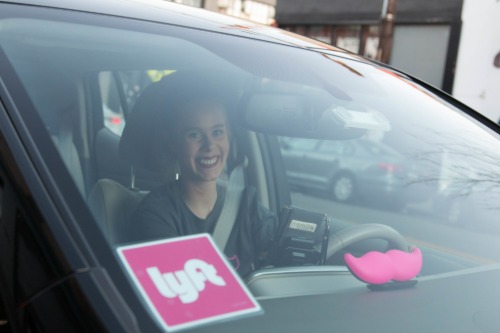
When no one was going anywhere, ride-hailing apps like Uber and Lyft saw their markets collapse. Daily rides dropped by more than half as remote work and lockdowns kept people grounded. Drivers, many of whom relied on the platforms for income, suddenly had no passengers to pick up. Surge pricing disappeared, and so did earnings.
It wasn’t until restrictions lifted that demand started to creep back, but recovery was uneven. Many drivers left for other jobs, causing driver shortages later on. The shift exposed just how fragile the gig economy really was. For a while, the open road wasn’t so open after all.
9. Concert Venues
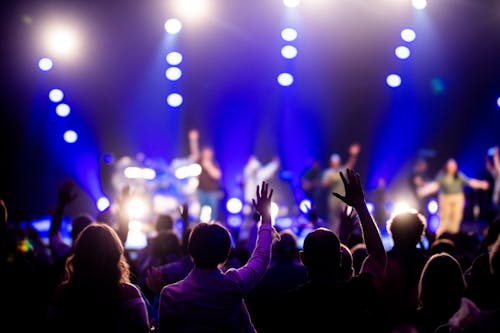
Live music thrives on connection, and that disappeared when crowds became risky. Every canceled show meant another venue losing rent money and staff hours. Legendary places like the Troubadour in Los Angeles barely survived, while others shut down for good. The live events industry went silent, literally and financially.
Streaming performances tried to fill the void but never captured the same energy. Artists lost touring income, fans lost a sense of community, and entire local economies lost business. Bars, food trucks, and security crews all felt the hit. It was one of the clearest examples of how interconnected entertainment truly is.
10. Movie Production
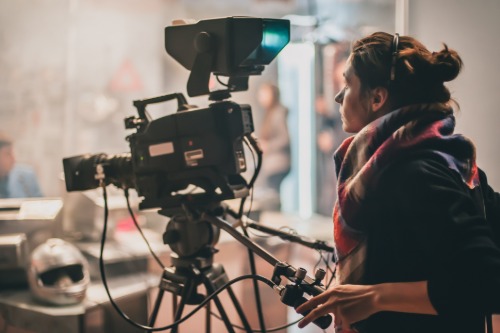
When people stopped leaving home, film sets stopped too. Health protocols made large productions nearly impossible, and countless projects were delayed or canceled. Major studios scrambled to finish films remotely, and crews across Hollywood were out of work. Even when filming resumed, it was slower, more expensive, and often scaled back.
That downtime accelerated another shift: the dominance of streaming platforms. Instead of theatrical blockbusters, the focus turned to binge-worthy series made for home viewing. Smaller studios suffered most, unable to weather long pauses. The creative pipeline that fed the entertainment industry suddenly dried up.
11. Casual Dining
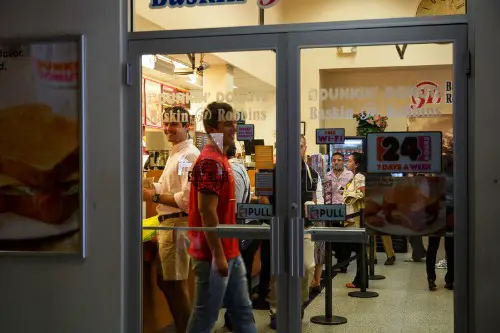
Restaurants built for socializing—places like Applebee’s or Chili’s—were gutted by the stay-at-home era. Their entire business model depended on people lingering over meals and drinks. Takeout and delivery couldn’t replicate that experience or replace the lost revenue from alcohol sales. Chains scrambled to adapt with curbside service, but it wasn’t enough.
Independent restaurants fared even worse, with many never reopening. The ritual of dining out on weekends or grabbing lunch with coworkers disappeared. Ghost kitchens rose in their place, optimized for online orders instead of conversation. The neighborhood eatery suddenly became a relic of a more outgoing time.
12. Beauty and Grooming Services
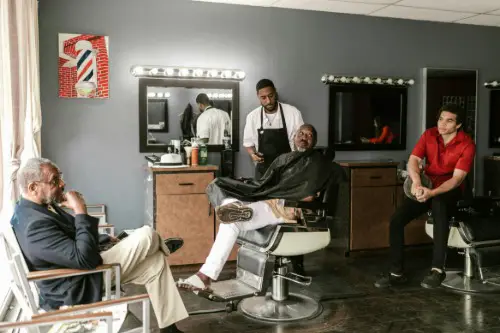
With no offices, parties, or weddings to attend, beauty routines took a back seat. Salons, barbershops, and nail studios closed for months, leaving professionals without income. Even after reopening, customers were slow to return—DIY haircuts and home manicures became the norm. Entire supply chains for beauty products were disrupted.
The industry’s comeback was uneven, with luxury and self-care niches rebounding first. But the idea of maintaining a high-gloss look every week lost cultural momentum. Minimalism replaced glamour for many Americans. In short, people stopped needing to look “ready to go” when they weren’t going anywhere.
13. Tourism
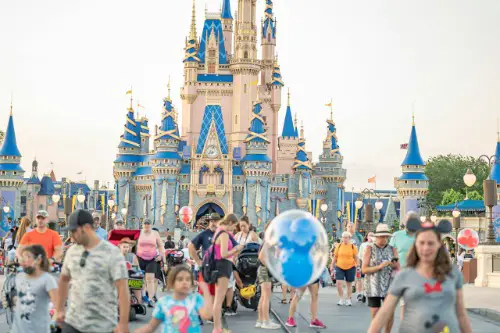
Perhaps no industry suffered more broadly than tourism. Domestic travel halted, international borders closed, and airports turned eerily quiet. Towns that depended on visitors—like Orlando, Las Vegas, or small coastal destinations—saw their economies collapse. Airlines, hotels, and tour operators all faced massive layoffs.
Even when restrictions eased, travelers remained cautious and budgets tighter. Virtual experiences and local “staycations” couldn’t make up for the shortfall. The ripple effects reached everything from souvenir shops to national park guides. When Americans stopped leaving their homes, the world stopped coming to them too.
This post 13 Industries That Collapsed When Americans Stopped Leaving Their Homes was first published on American Charm.

